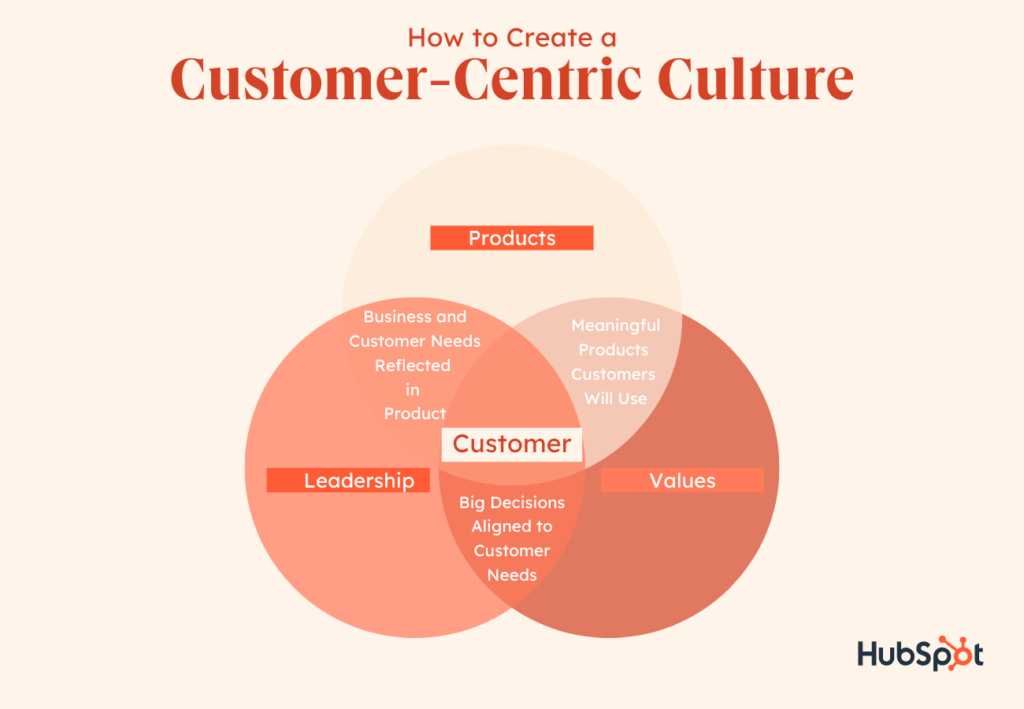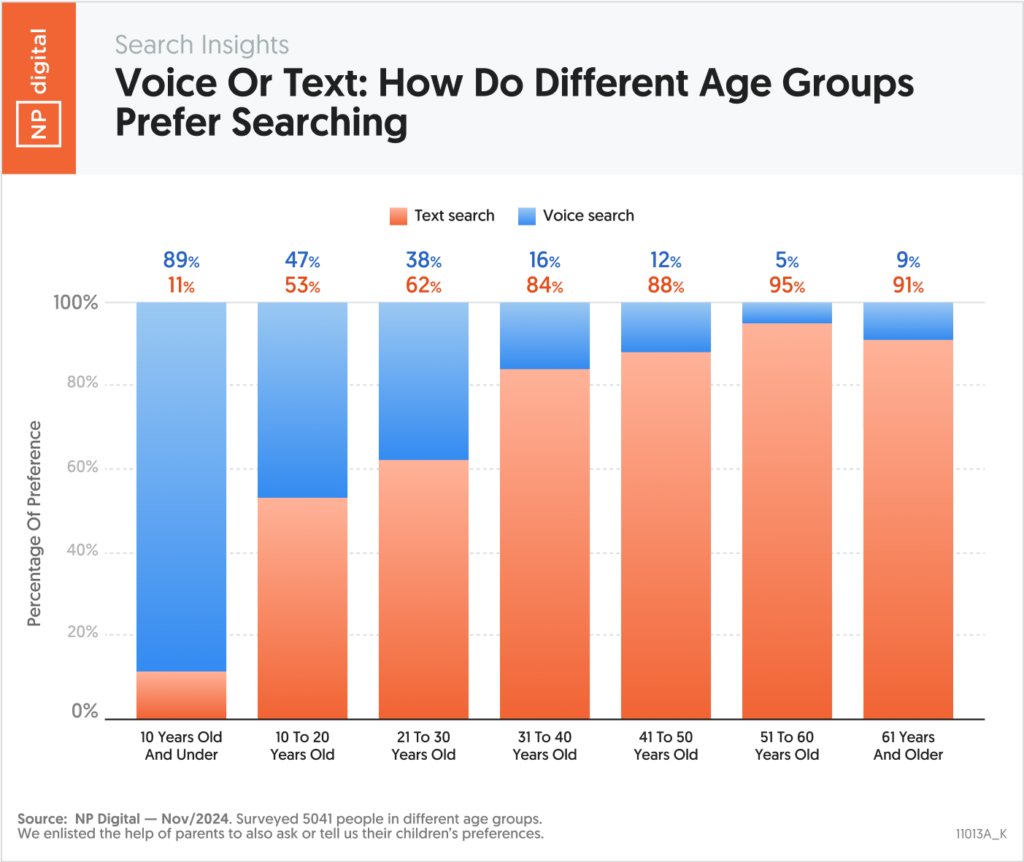Standard HubSpot setups don’t cut it for complex insurance workflows. Here’s how a customized implementation can unlock speed, visibility, and retention for Insurtech teams.
Preview
- Why traditional CRMs fall short for insurance data complexity
- The one integration every Insurtech company needs
- How specialized setup helps your team move faster and retain more customers
Introduction
Implementing HubSpot as an Insurtech company is vital for forward-thinking founders. The right setup can unify your tech stack, automate tedious workflows that should never be manual, and give your full team insights from policyholder behavior that legacy systems never made visible.
The problem is most consultants and internal teams don’t understand how insurance works. They miss the nuances of policy systems, commission splits, claims, and renewals. And they rarely grasp how MGAs, carriers, and Insurtechs differ, or what truly matters for each.
When done right, HubSpot will become the operational core of your business: cleanly organized, clearly segmented, and full of actionable data to drive growth and boost GWP.
This post breaks down why a specialized HubSpot implementation is a must for Insurtech firms, and what “specialized” really means.
What Makes Insurtech CRM Needs Unique?
Insurtechs aren’t brokers. They deal with embedded APIs, policy engines, compliance layers, and complex data from partners or carriers. Most “CRM consultants” miss this entirely.
A traditional HubSpot setup often looks like:
- A basic contact/company/deal setup
- A couple of lead nurture automations
- Sales stages that resemble SaaS
That’s fine… if you’re a DTC brand. But in insurance, you’re dealing with:
- Policy systems that don’t natively integrate
- Partner commissions that require calculated properties
- Customer journeys that don’t end after a closed-won deal
Where Most Implementations Fall Flat
1. No support for policy management
Generic setups don’t account for “ongoing customers” who renew annually, change coverage, or file claims.
2. No segmentation between channels
Your partnerships, direct customers, and internal reps often get lumped into the same lifecycle.
3. Zero connection to source-of-truth systems
Most consultants aren’t mapping the actual source of data (from the carrier, policy admin, or billing system) into HubSpot, leading to messy reports and inaccurate dashboards.
What a Specialized Insurtech Setup Includes
Here’s what an optimized implementation actually requires:
- Custom objects for Policies, Claims, and Commissions
- Workflows that trigger on coverage changes, renewal notices, and payment failures
- Partner portals or pipelines to manage distribution relationships
- Sales & Service pipelines that separate acquisition vs. in-life management
- Data enrichment from policy systems or third-party tools like Functional Finance
Real Example: How an Insurtech Unlocked Growth with HubSpot
A fast-growing Insurtech struggled with pipeline visibility and customer handoffs. Their standard HubSpot setup left out renewal workflows and claims visibility. Once we implemented:
- A custom object for Policies
- Calculated properties for commissions
- A workflow to alert reps 60 days before renewal
…their team saved 15+ hours per week and increased upsell success by 28% in one quarter.
Fast Wins for Insurtech Teams
Even if you’re not ready for a full build-out, here are 3 quick wins:
- Create a custom object for Policies
- Trigger a task for sales/service 60 days pre-renewal
- Segment partners from policyholders in Lifecycle Stages
FAQs
Q: Can’t we just use the standard HubSpot setup?
A: You can — but you’ll end up recreating problems you already have in legacy systems.
Q: What’s the difference between this and Salesforce?
A: HubSpot is easier to deploy and far more intuitive, especially for Insurtech teams with lean operations.
Q: How long does a specialized implementation take?
A: We typically see full rollout in 30–45 days with ongoing iteration.
Q: What tools integrate best with this setup?
A: Functional Finance, Aircall, and custom middleware built for policy ingestion (we can help you scope this).
Final Takeaway
A basic HubSpot setup doesn’t cut it for Insurtech. With a specialized implementation, you stop forcing your business into a CRM mold — and start letting HubSpot wrap around your business instead.
Get Expert Help With Your HubSpot Setup
Want to see what a specialized Insurtech HubSpot setup could look like for your team?


